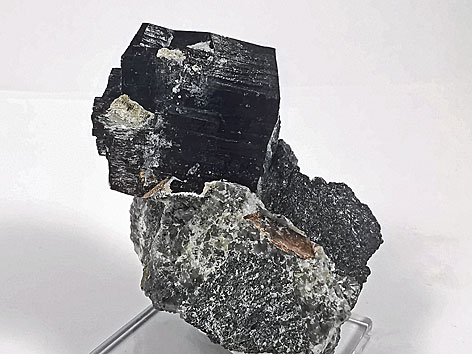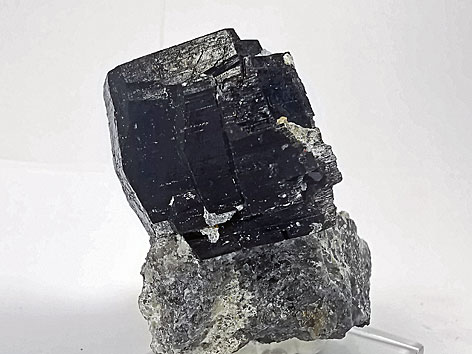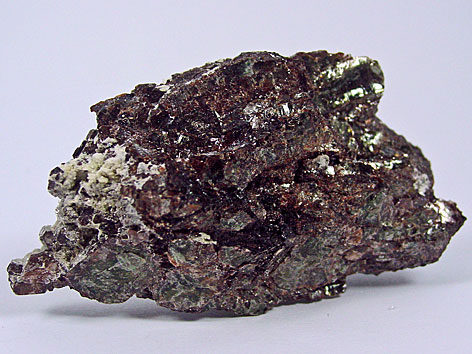
Tetraferriphlogopit-Kristallagregat auf Matrix
Zheleznyi Mine (Iron Mine), Kovdor, Kola-Halbinsel, Murmansk, Russland (TL)
Stufe: 5,5 x 5,0 cm

Tetraferriphlogopit-Kristallagregat auf Matrix
andere Ansicht der links abgebildeten Stufe

Tetraferriphlogopit mit Calcit und Pyraurit-2H
Kovdor Phlogopit Mine (Kovdorslyuda), Kovdor, Kola-Halbinsel, Murmansk, Russland
Stufe: 7,5 x 3,6 cm